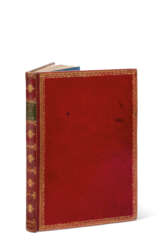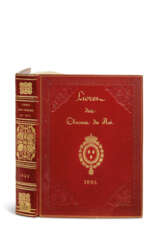la chasse




Pierre Paul Jouve was a French painter, sculptor and illustrator.
Paul was the son of painter and ceramicist Auguste Jouve, as a child he frequented the Jardin des Plantes and the Musée de la Histoire Naturelle de Paris and drew wild cats, which he fell in love with throughout his life. He entered the École des Arts Décoratifs and then the École des Beaux-Arts, exhibiting at the Salons from the age of 16. As part of the World Exhibition in 1900, Zhuv was commissioned by the architect René Binet to create a hundred-meter bas-relief frieze depicting wild animals.
In 1905, Marcel Bing organized the first solo exhibition of Paul Jouve, which featured 64 of his works. In 1907 Juve lived at the villa of French artists Abd el-Tif in Algeria, then went to Greece. After World War I he traveled to the Far East, visiting Ceylon, Saigon in the French colony of Cochinchin (now Vietnam), and Phnom Penh in Cambodia. He then explored the jungles of Africa. Paul Jouve became widely known for his paintings and sculptures depicting the animals of Africa. He was the first recipient of the Abd el-Tif Prize in 1907 and then the Indochina Prize in 1921.
Today, Paul Jouve is best remembered for his depictions of big cats and his illustration of an edition of Rudyard Kipling's The Jungle Book in collaboration with engraver F.L. Schmid (1873-1941), which was published in 1919. Juve became a director of the Society of Decorative Artists, and he was elected a member of the French Academy of Fine Arts in 1945. Throughout his long life, the artist continued to travel. He visited the United States and Bermuda, which inspired a panel entitled Poisson, which is now in the collection of the Museum of Fine Arts in Reims.
Paul Jouve died in his studio in Paris in 1973 at the age of 95.



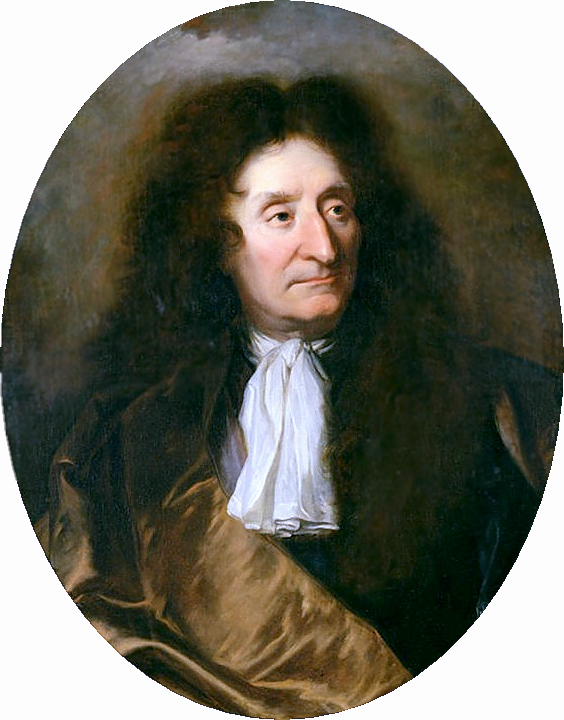



Joan Miró, a celebrated Spanish artist, was a master in painting, sculpture, and ceramics, renowned for his unique style that blurred the lines between Surrealism, Fauvism, and Expressionism. Born in Barcelona to a family of a goldsmith and a watchmaker, Miró grew up immersed in the rich cultural heritage of the Barri Gòtic neighborhood. His artistic journey began with drawing classes at the age of seven and continued at the prestigious La Llotja art academy. Despite an initial venture into the business world, Miró's passion for art prevailed, leading him to abandon his clerical career after a nervous breakdown.
Miró's work is noted for its exploration of the subconscious, often depicting a childlike perspective. This approach was both a critique of traditional painting methods and a means of expressing Catalan pride. His art, challenging to categorize, often featured symbolic elements and nationalistic qualities. One of his notable early works, "The Farm," reflects a transition to a more individual style, blending elements of his Catalan roots with broader artistic influences. This piece, later purchased by Ernest Hemingway, encapsulated the essence of Spain in its imagery.
In Paris, Miró joined the Surrealist movement in 1924, where his work began to reflect the influence of automatism, emphasizing spontaneous, automatic, or subconscious creation. He experimented with various mediums, including painting-poetry and collage, and even ventured into set and costume design for Sergei Diaghilev's Ballets Russes.
During World War II, Miró remained in Spain, and his work from this period, including the 22 Constellations series, reflected an interest in the night, music, and stars. His forms became increasingly abstracted, and he experimented with various techniques, often incorporating primary colors and evocative titles.
Miró's career spanned several decades, during which he continually evolved his style and explored new mediums. His contributions to art were recognized with numerous awards and retrospectives, including a major career retrospective at MoMA in 1941 and the Spanish Gold Medal for Fine Arts in 1980. Among his last major works was a tapestry for the World Trade Center in New York City, created in 1974.
For art collectors and enthusiasts, Joan Miró remains a figure of immense interest, not only for his distinct style and contributions to Surrealism but also for his ability to blend poetic imagery with political commentary. To stay updated on new product sales and auction events related to Joan Miró, sign up for our updates and immerse yourself in the world of this extraordinary artist.













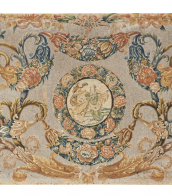




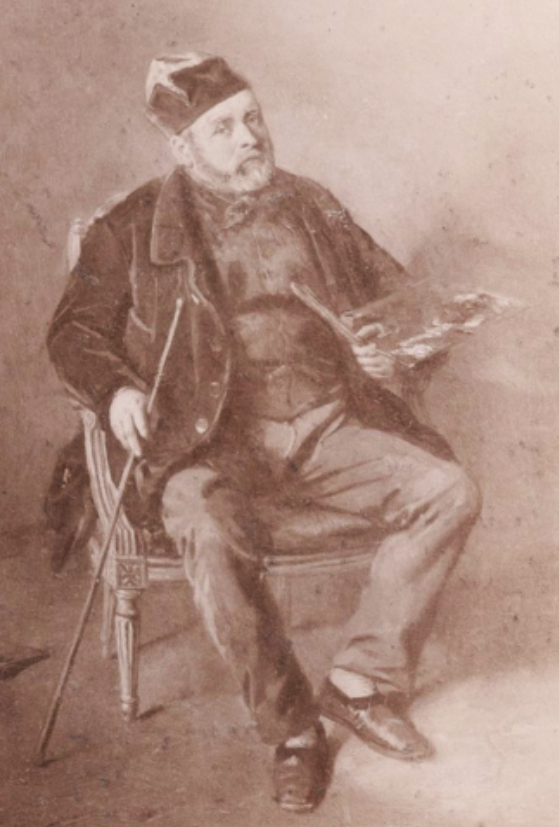

























![RONSARD, Pierre de (1524 – 1585). Les meslanges de Ronsard dédiés à Ian Brinon. Paris : Gilles Corrozet, 1555, [relié avec la suite] L’hymne de France. Paris : Michel Vascosan, 1549.](/assets/image/picture_1320883/d5dcc/26748722caa5548d15c5c6b3fa8253971616454000jpg__fix_374_244.jpeg)
![RONSARD, Pierre de (1524 – 1585). Les meslanges de Ronsard dédiés à Ian Brinon. Paris : Gilles Corrozet, 1555, [relié avec la suite] L’hymne de France. Paris : Michel Vascosan, 1549.](https://veryimportantlot.com/assets/image/picture_1320883/d5dcc/26748722caa5548d15c5c6b3fa8253971616454000jpg__fix_374_244.jpeg)
![CHRESTIEN, Florent (1541-1596) [- OPPIEN d'Apamée]. Les Quatres Livres de la Venerie d’Oppian poète grec d’Anazarbe. Par Florent Chrestien. Paris : de l’imprimerie de Robert Estienne, par Mamert Patisson, 1575.](/assets/image/picture_1321007/a66f3/a4325c83342f9aaef9e4812d70cb1fa41616454000jpg__fix_374_244.jpeg)
![CHRESTIEN, Florent (1541-1596) [- OPPIEN d'Apamée]. Les Quatres Livres de la Venerie d’Oppian poète grec d’Anazarbe. Par Florent Chrestien. Paris : de l’imprimerie de Robert Estienne, par Mamert Patisson, 1575.](https://veryimportantlot.com/assets/image/picture_1321007/a66f3/a4325c83342f9aaef9e4812d70cb1fa41616454000jpg__fix_374_244.jpeg)



